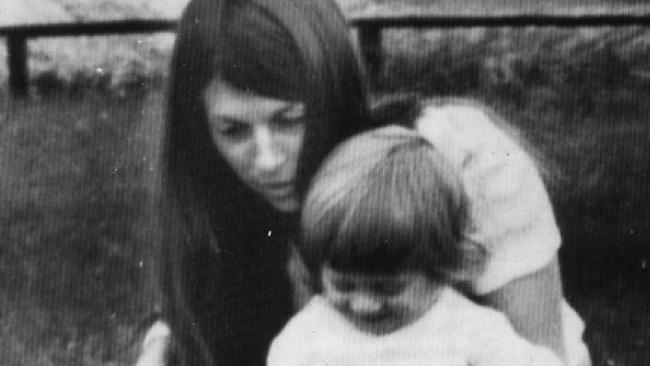$1m reward offered in bid to solve 40-year double-murder mystery
The bodies of Suzanne Armstrong and Susan Bartlett were found in their home after 16-month-old Gregory’s cries heard.

A $1 million reward and the grinding analysis of more than 100 DNA profiles may yet lead to a breakthrough in the investigation of Melbourne’s inner-city Easey Street murders that was marked in its early stages by police mistakes.
The bodies of Suzanne Armstrong, 28, and housemate Susan Bartlett, 27, were found in their home in Collingwood on January 13, 1977, after a neighbour heard the cries of Armstrong’s 16-month-old son, Gregory.
He had been left without food or water for days as police believe the women were killed on January 10. The killer walked in off the street either because he was invited or crept inside.
Armstrong had been raped and stabbed 29 times and left on the floor in her bedroom.
Bartlett, whom investigators believe was either trying to save her housemate or raise the alarm, was stabbed 55 times in the hall of the home.
Clippings from a January 13 newspaper were found in the kitchen, indicating somebody other than Armstrong’s boyfriend had been in the house after the murder but before neighbours discovered the bodies.
The boyfriend had gone looking for Armstrong the day after the murder but only left a note in the kitchen and did not discover his girlfriend or her flatmate.
As she joined Victoria’s homicide squad boss yesterday to announce a $1 million reward for information on her sister’s death, Gayle Armstrong expressed frustration about early errors: “We weren’t even interviewed. We had to make an appointment to go down to the police station to speak to police, which was really bad.”
The sisters had planned to reunite in Hungerford, Queensland, where Gayle was working as a shearers’ cook, but Armstrong stayed in Collingwood when she couldn’t find anyone to look after Gregory.
Police have a DNA profile of the offender and 130 persons of interest, including 41 who have died since the murders. All eight prime suspects in the case were eliminated after DNA testing in 1999 and investigators working the case have no strong leads. “I hate to say it but here’s a million dollars,” Ms Armstrong said yesterday. “You can live the rest of your life in comfort — Just say something.”
Homicide Detective Inspector Mick Hughes said he didn’t think someone could commit a crime with such brutality and go unnoticed. “I don’t say he has told someone, but someone will know something about his behaviour or conduct that can point us to him,” he said yesterday.
He acknowledged mistakes were made in investigating the case decades ago but said it was now standard to interview the families of homicide victims.
“(Despite) the mistakes … (everyone) wants this to be solved for the sake of both families.”
Additional reporting: AAP


